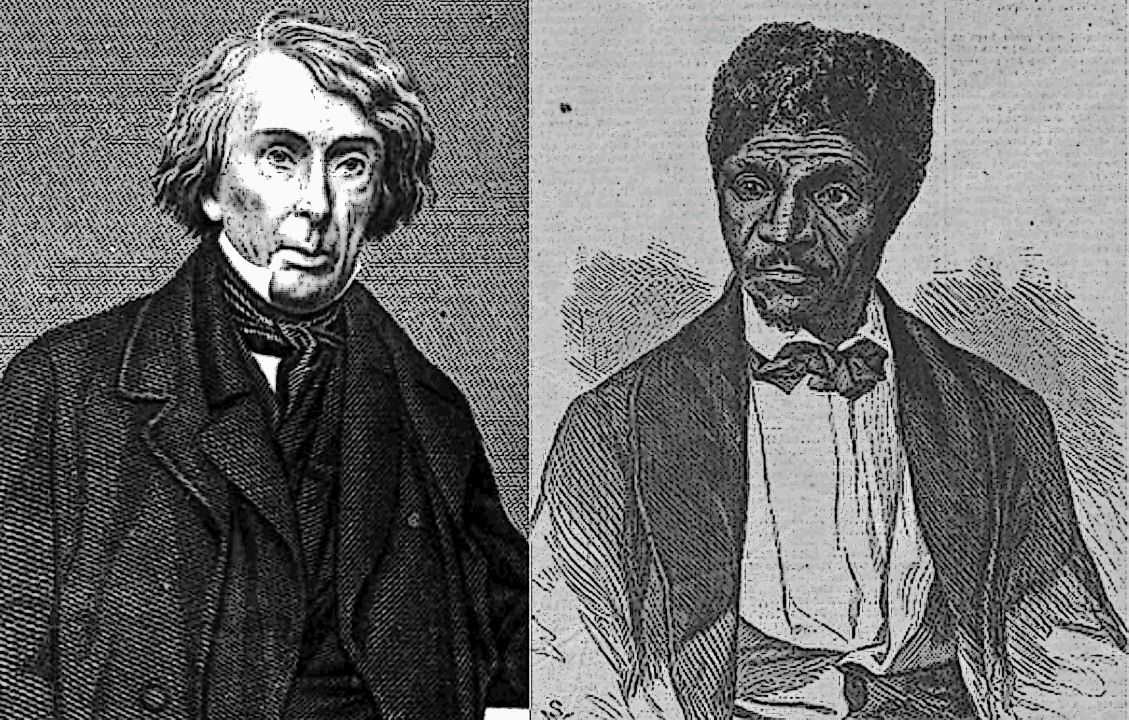
Lawful Extremism: The Dred Scott Decision
I’ve been telling you about this for a long time, but the wait is finally over.
Out today, Lawful Extremism: The Dred Scott Decision is my first paper for the Center on Terrorism, Extremism, and Counterterrorism at the Middlebury Institute of International Studies, and I consider it one of my most important works to date. In this paper, I take the tools we have developed over years of studying extremist movements and apply them to the 1857 Supreme Court decision that affirmed race-based slavery and ruled that Black people had no rights at all under the Constitution.

A little bit of background.
Outside academia, it’s not uncommon to find pundits who claim that the word “extremism” is so ill-defined as to be meaningless, an argument often—but certainly not always—mounted in bad faith. Within academia, the situation is sometimes not much better, but here the critiques tend to be more thoughtful and more salient.
But words are only meaningless if we allow them to be.
While the definition of extremism is highly contested, a plurality of academic publications describe it as a phenomenon that occurs on the margins of society. By definition, they argue, extremism is a fringe pursuit characterized by beliefs whose extremity can only be determined relative to the center of society.
Subscribe now
I disagree. I believe it’s important to understand extremism as a social phenomenon that derives from clearly delineated aspects of human beliefs and behavior, rather than as an amorphous quality that exists only in comparison to some imagined objective middle. We must find ways to describe extremism as the “thing in itself” instead of defining it as inherently relative to something else.
Long-time readers have, of course, heard this argument from me many times. But Lawful Extremism takes this concept to its next logical phase to demonstrate more methodically the specific limitations of the relative definition.
By applying the same analytical tools we use to study al Qaeda and the KKK to the Dred Scott decision, we learn more about extremism as a variegated, global phenomenon. Studying lawful extremism helps us understand unlawful extremism, and it also helps us understand how fringe extremists change when they capture institutions. Most of you reading this newsletter probably don’t need me to explain why institutional capture is such an urgent topic these days.
Lawful extremism is extremism, but it pursues its goals differently from fringe, minority and weak groups. Some of the differences include:
Fringe extremists often harshly criticize their own in-group, while lawful extremists may avoid such critiques in order to maintain in-group solidarity. In other words, dominant movements have everything to lose by criticizing in-group members, while fringe extremists have little to lose and much to gain.
Fringe extremists engage in in-group critique as a way to explain why the eligible in-group (the demographic they claim to represent) does not support their activities. Dominant extremist movements typically don’t need to explain away a lack of support, but they may need to address rising opposition.
It follows, then, that dominant and/or lawful extremists are more concerned with demobilizing opposition than mobilizing supporters.
Dominant extremist ideological theorists may not need to detail a crisis narrative in the same way that fringe extremists do. Dominant extremists can borrow crisis elements from multiple sources, including mainstream narratives, rather than doing all of the work themselves.
Dominant extremist narratives can exploit the system justification impulse—the tendency of people in general to resist change and support the status quo. Fringe extremists seeking to overturn the status quo may be forced rely on adjacent narratives such as nostalgia and a return to some imagined Golden Age.
There is much more, of course, and I will let you read the paper before returning here to make some additional observations in the weeks to come. The most important thing I want to say now is that Lawful Extremism: The Dred Scott Decision is only the beginning. It’s my hope that this paper will open up new fields of inquiry, and look for more from me on this subject in the not-too-distant future.
